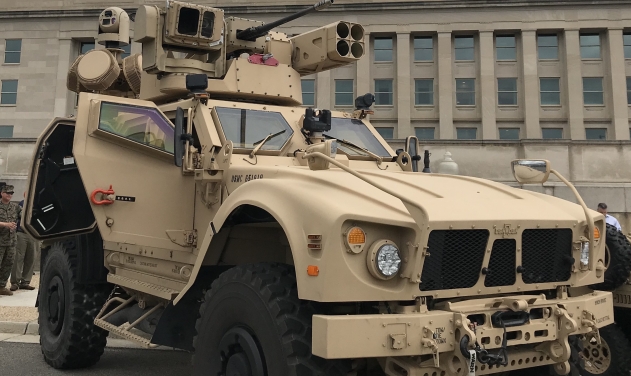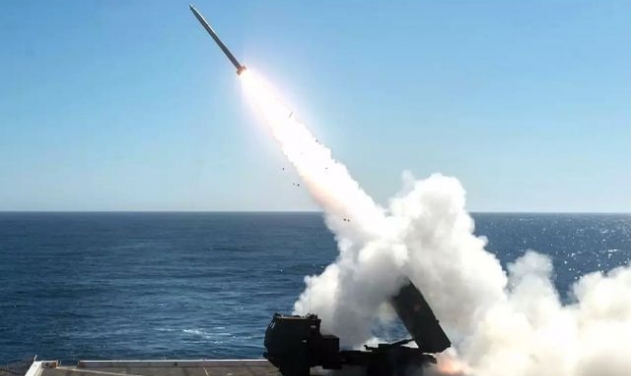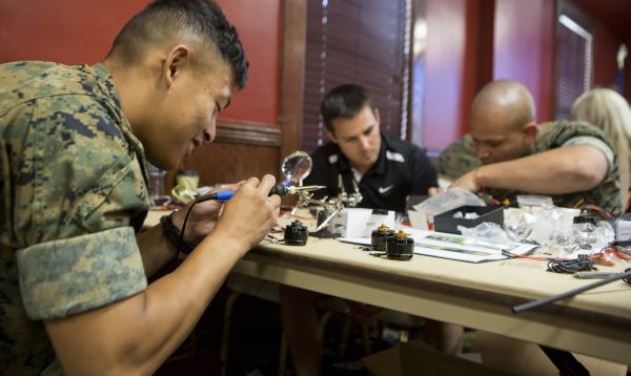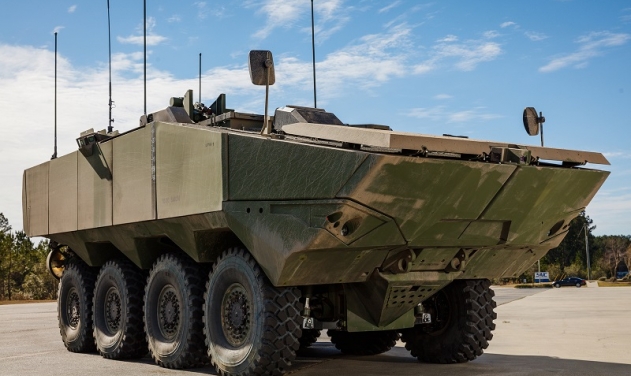US Marines Deploy Drone-killing Machines

The US Marines are using a new system to detect, identify, track and defeat hostile unmanned aerial vehicles, USNI reports.
The Ground-Based Air Defense (GBAD) Counter-UAS system developed two years ago, combines systems like the existing RADA RPS-42 S-band radar, the Sierra Nevada Modi electronic warfare system, Lockheed Martin visual sensors and the Raytheon Coyote anti-drone UAV to allow air defense Marines to detect, track and destroy hostile drones. The Marines took the systems and sought integration help from Naval Surface Warfare Centers Crane and Dahlgren, Maj. Ho Lee with Program Executive Office Land Systems told USNI News.
“We’ve been trying to use existing systems inside the Marine Corps, or ones we’re already working on and repurpose it for different missions,” he said. “That’s what we’ve been doing for the last two years is rapid prototyping”.
The GBAD’s current prototype version is built to operate from a forward operating base, a Marine M-ATV or a pair of the Marines’ new MRZR off-road vehicles.
“To get it into the form factor that we needed was a bit challenging. To detect those low, slow, small, low radar cross-section threats was difficult, and it also had to be maneuverable,” said Lt. Col. David Sousa, who works in the office of the deputy commandant for combat development and integration. “It was challenging at first, but the technology is there.”
The Marines are now testing the variety of configurations for the GBAD system and a planned deployment of such systems with a forward unit to counter the ongoing threat of lethal drones is underway.
The service has developed an undisclosed number of systems that are deployed now to answer ongoing urgent joint operational needs to protect forces from an armed drone threat and is placing the system in the hands of Marines down rage as the service further develops the concept.













